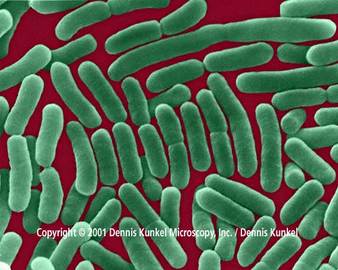Introduction

Often a time you suffer from varying diseases. Sometimes they are petty infections that you can easily get rid of with the passage of time. However, at other times you have to get various tests done on yourself to diagnose the problem that your body is facing. Typhus, a bacterial infection on the body, has symptoms that are quite distinguishable from other kinds of diseases. So if you experience any of the below mentioned signs of discomfort, make sure that you visit your nearest doctor and get tested for typhus, as soon as possible.
History

Typhus is a disease that has it's roots in bacterial infections. The various forms of typhus include the Endemic Typhus, Murine Typhus, Brill-Zinsser, as well as the jail fever. The type of bacteria that causes typhus is the Rickettsia bacterial particle. There are two different kinds of typhus that will be caused by the two variants of the Rickettsia bacteria. The first type is the Rickettsia typhi and the second form is Rickettsia prowazekii. The Rickettsia typhi cause the endemic typhus and the Murine typhus. The Rickettsia prowazekii cause the Brill-zinsser and the epidemic typhus. People who live in unhygienic areas and have an intake of polluted and contaminated water, are usually prone to the first type of typhus, Rickettsia typhi. It is also common in colder areas where infected people tend to experience very high fever; this has come to be known as the jail fever as well. Moreover, both types of typhus are also caused by fleas and lice. When exposed to fleas such as cat fleas, rat fleas or raccoon fleas, an individual should be careful in getting himself tested for typhus off and on if the symptoms come to sight.
Features

The symptoms of typhus include high fevers, which is a common symptom for all infections, backaches, diarrhea, dry coughs, vomiting, rashes accompanied by excessive headaches, muscle pain and pain in the eyes. When suffering from typhus, the patient’s body may show signs of soft redness on their chests initially. This then spreads on to the entire body. Also, initially the redness may disappear when it is pressed against; however, during the later stages of the disease, the redness would become permanent. The person’s blood pressure level can also fall and in extreme cases, clots of blood can be observed under the patient’s skin. The first step to treat typhus is to first diagnose it. This can be done through blood tests such as the complete blood count (CBC) test. If the test results show a minimum level of platelets, it can be highly likely that the patient is suffering from typhus. Patients should be treated with antibiotics such as tetracycline and doxycycline. However, the age of the patient should be kept in mind before prescribing any medicines. In extreme cases, patients will have to undergo intravenous (IV) therapy whereby they are fed with fluids through injections in their veins.
Tips and Comments
Hence, if you are experiencing excessive lethargy with your body aching all over and muscles stretched out, and a high fever to top all of this, make sure you get the required tests for typhus and then get the treatments started if you’re diagnosed with it.